Search
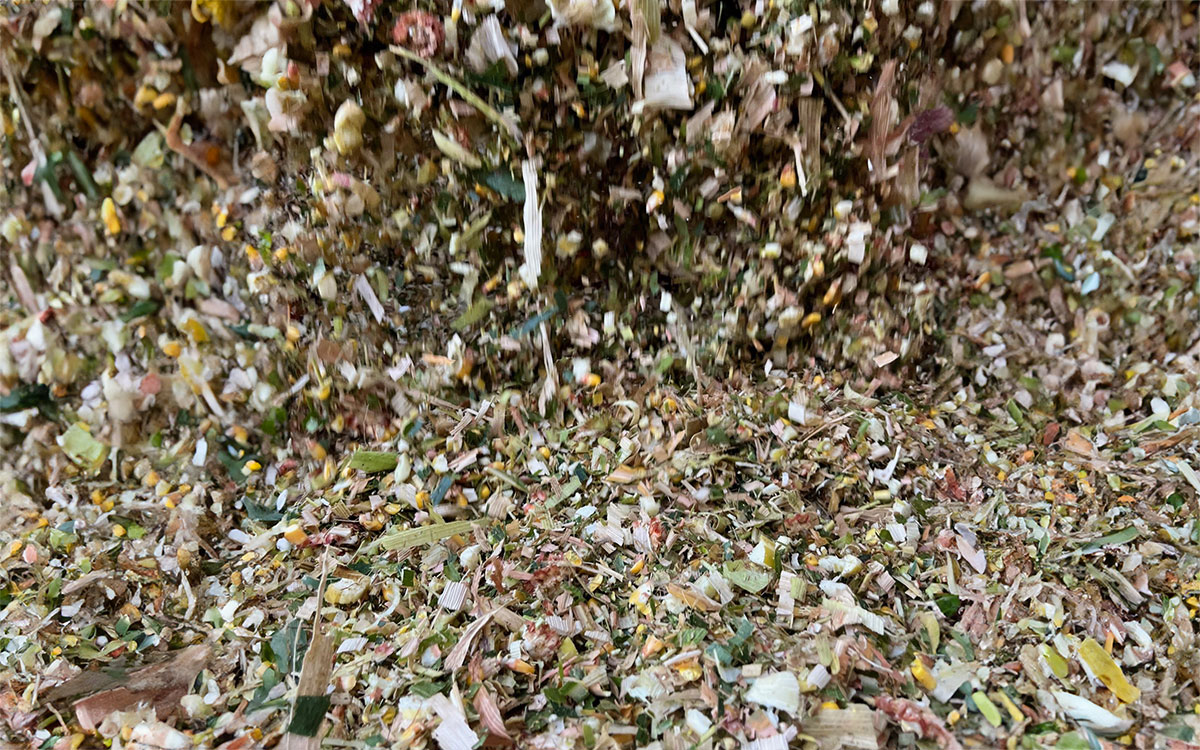
Best Management Practices for Corn Silage Harvest
Ensiling involves many different components to ensure a successful harvest and high-quality, safe feedstuff. Learn some expert tips to consider when chopping and storing corn silage to maximize the value and quality of your harvest.
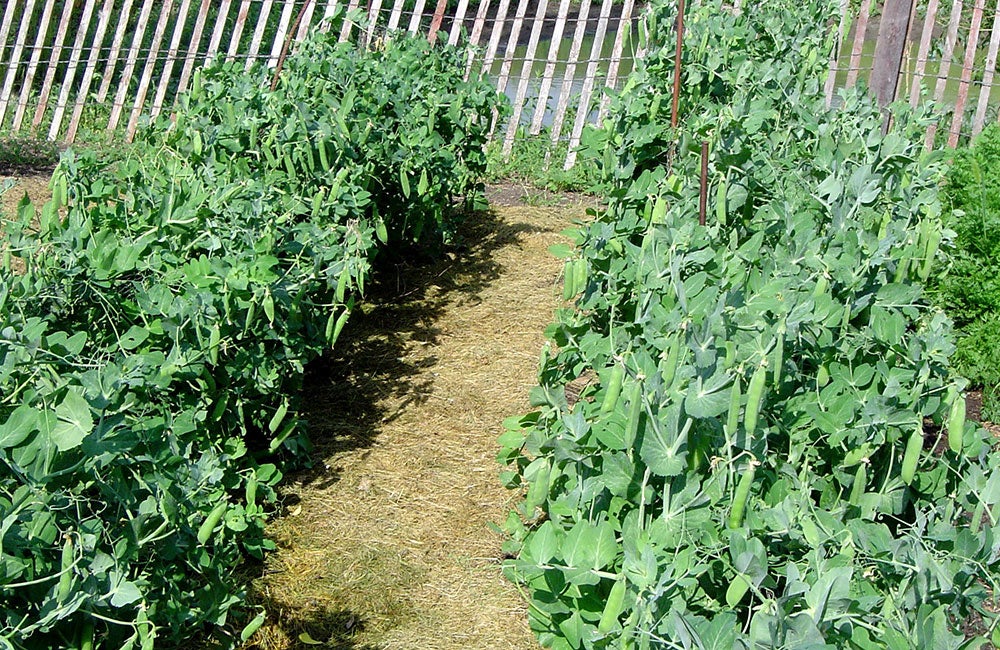
Garden Peas
Peas are one of the first vegetables to be planted in the spring, as they enjoy cooler weather.

Cabbage Loopers Are Eating My Veggies
Cabbage looper caterpillars have been spotted in South Dakota gardens. Like their name suggests, cabbage loopers primarily feed on cabbage as well as broccoli, cauliflower, kale, radish, turnip and other cruciferous crops.
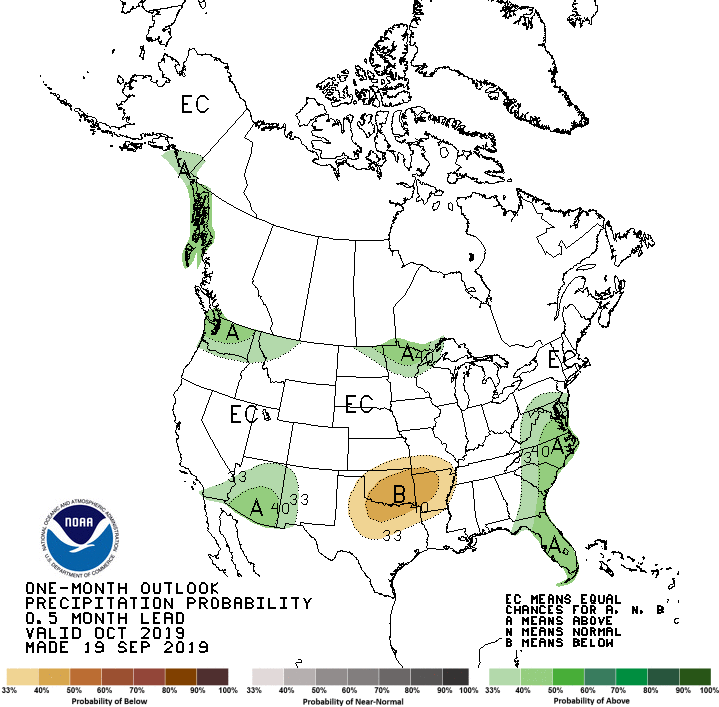
Fall Frost and September Climate Outlook for 2019
September 2019 has been pleasantly warmer than usual, and our crops need every bit of that warmth to reach maturity before our first frost arrives. Fortunately, temperatures have cooled slightly this week but just to near average for this time of year.
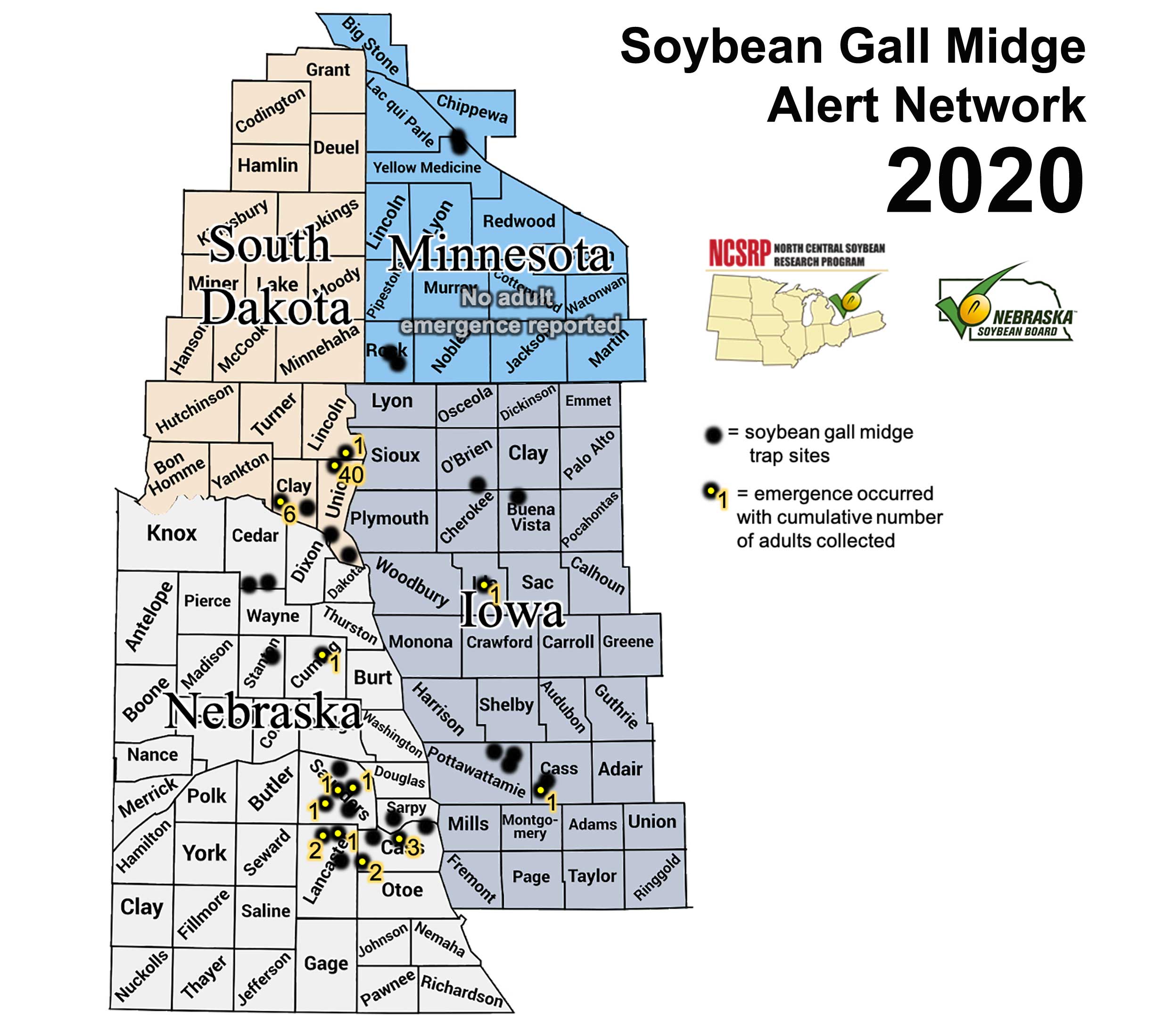
Soybean Gall Midge Adults Emerging in South Dakota
Over the weekend, a SDSU Extension collaborator reported that soybean gall midge adults had been captured in Southeastern South Dakota. These are the first adults that have been observed in South Dakota in 2020.
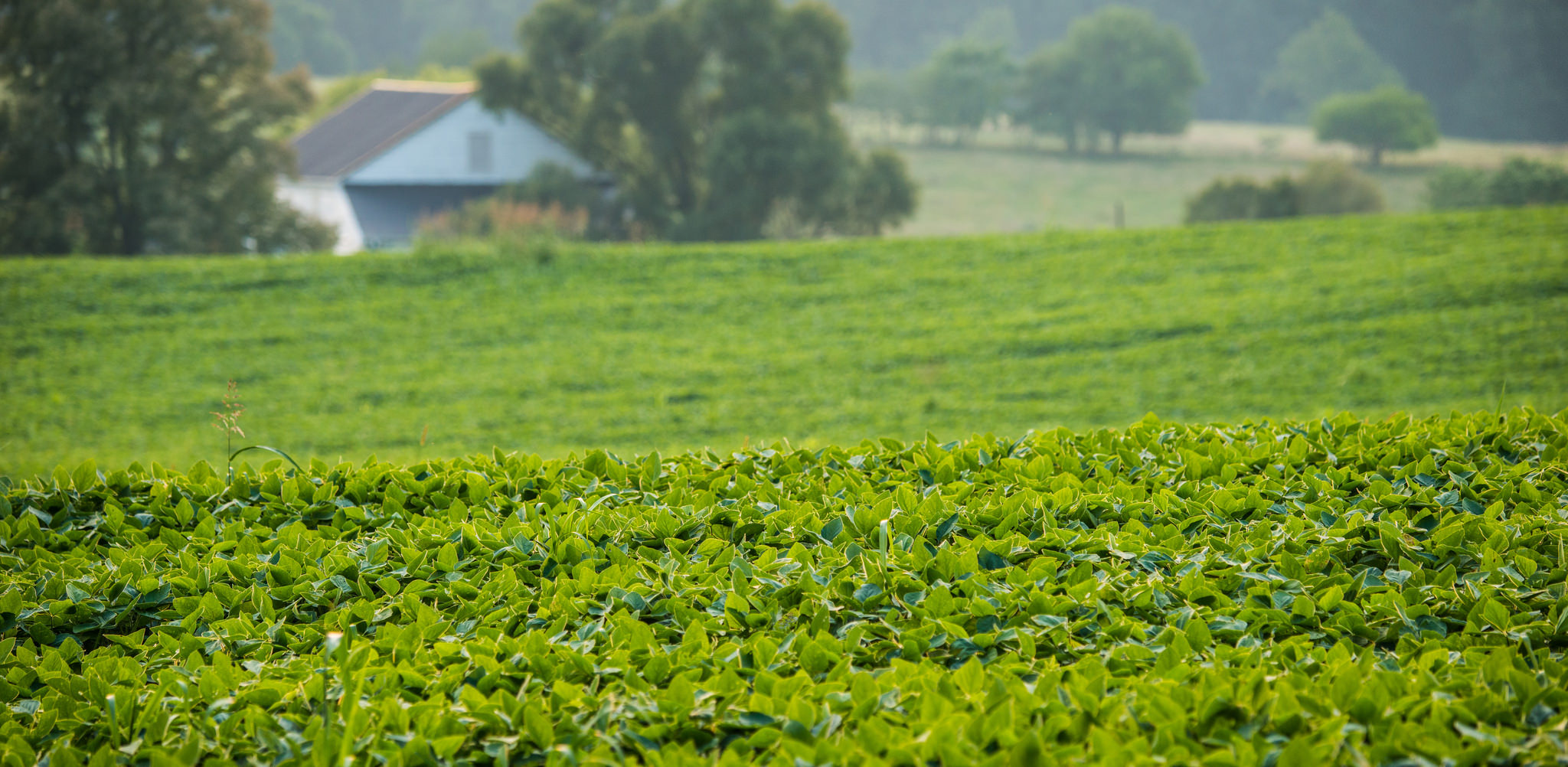
Soybeans & Sunflowers: Alternative Cattle Forages
Alternative forages like soybean silage or hay, and sunflower silage, can help stretch conventional forage supplies and help avoid overgrazing pasture.
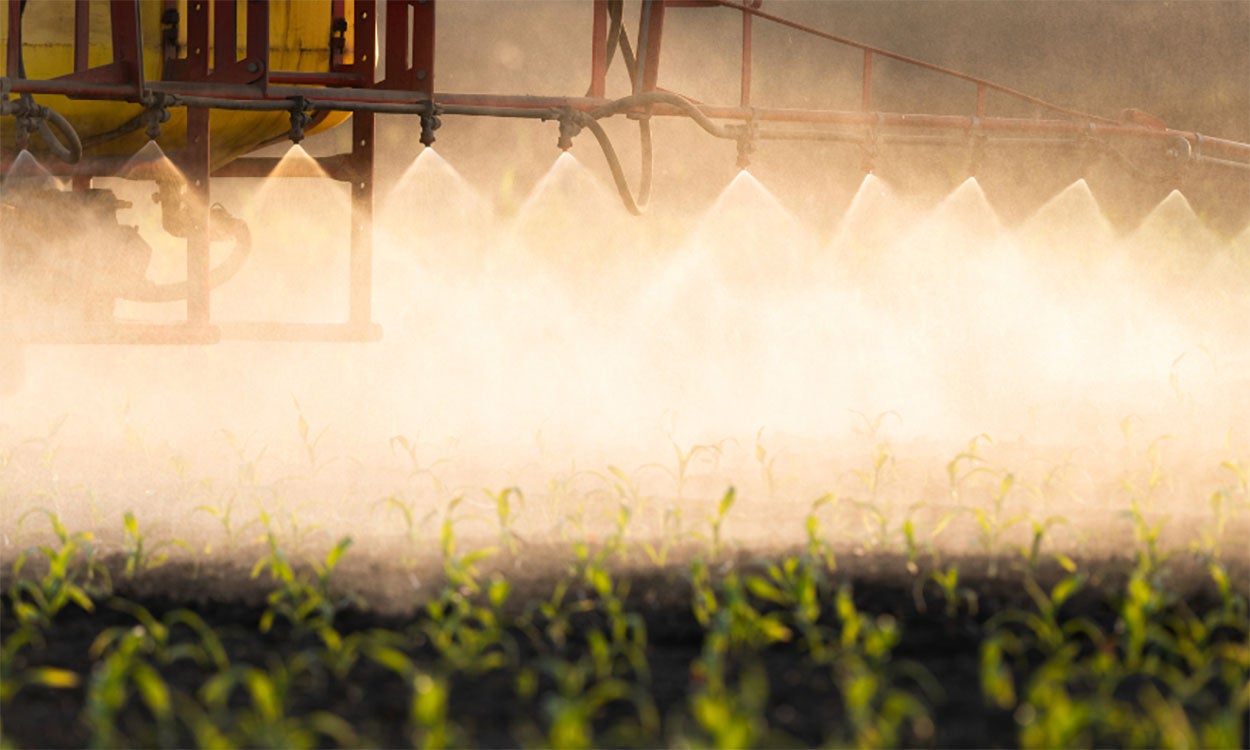
Considerations of Corn Postemergence Herbicides
Managing weeds after emergence is important to protect the yield potential of corn crops. Learn some important application considerations before selecting a postemergence herbicide.
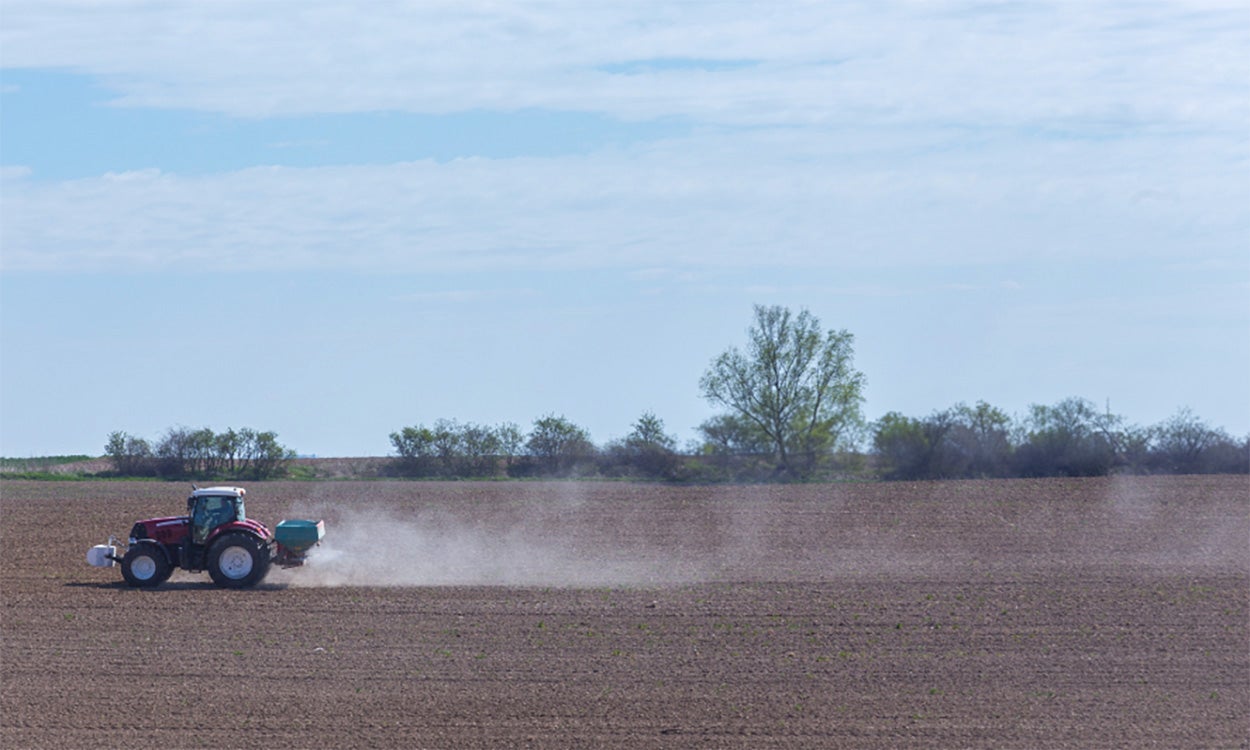
Fall-Applied Residual Herbicides
Many parts of South Dakota can experience dry conditions when residual herbicides are applied, resulting in inadequate weed control. In these areas, residual herbicides can be applied in the fall and take advantage of a longer period to receive activating precipitation.
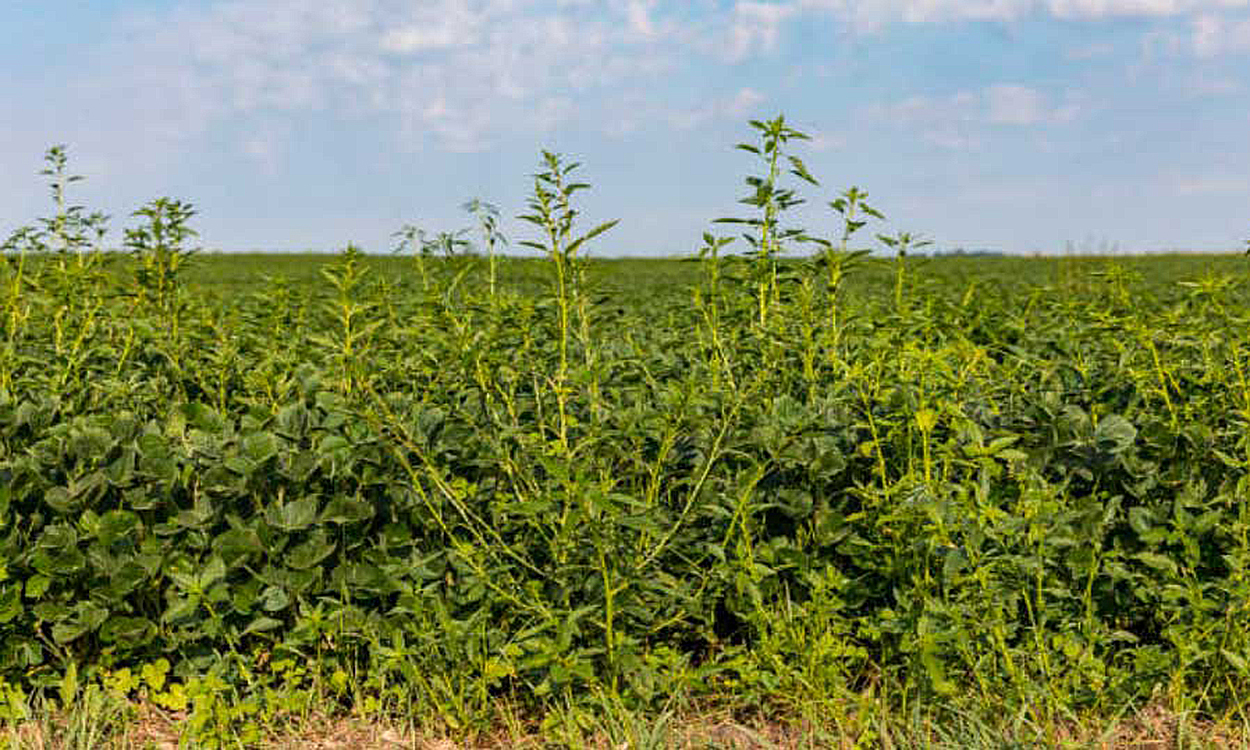
Row Crop and Noxious Weed Surveys
Controlling noxious weeds and weeds in row crops is a challenge every year. SDSU Extension has created two online surveys to capture the current climate of weed control in South Dakota.
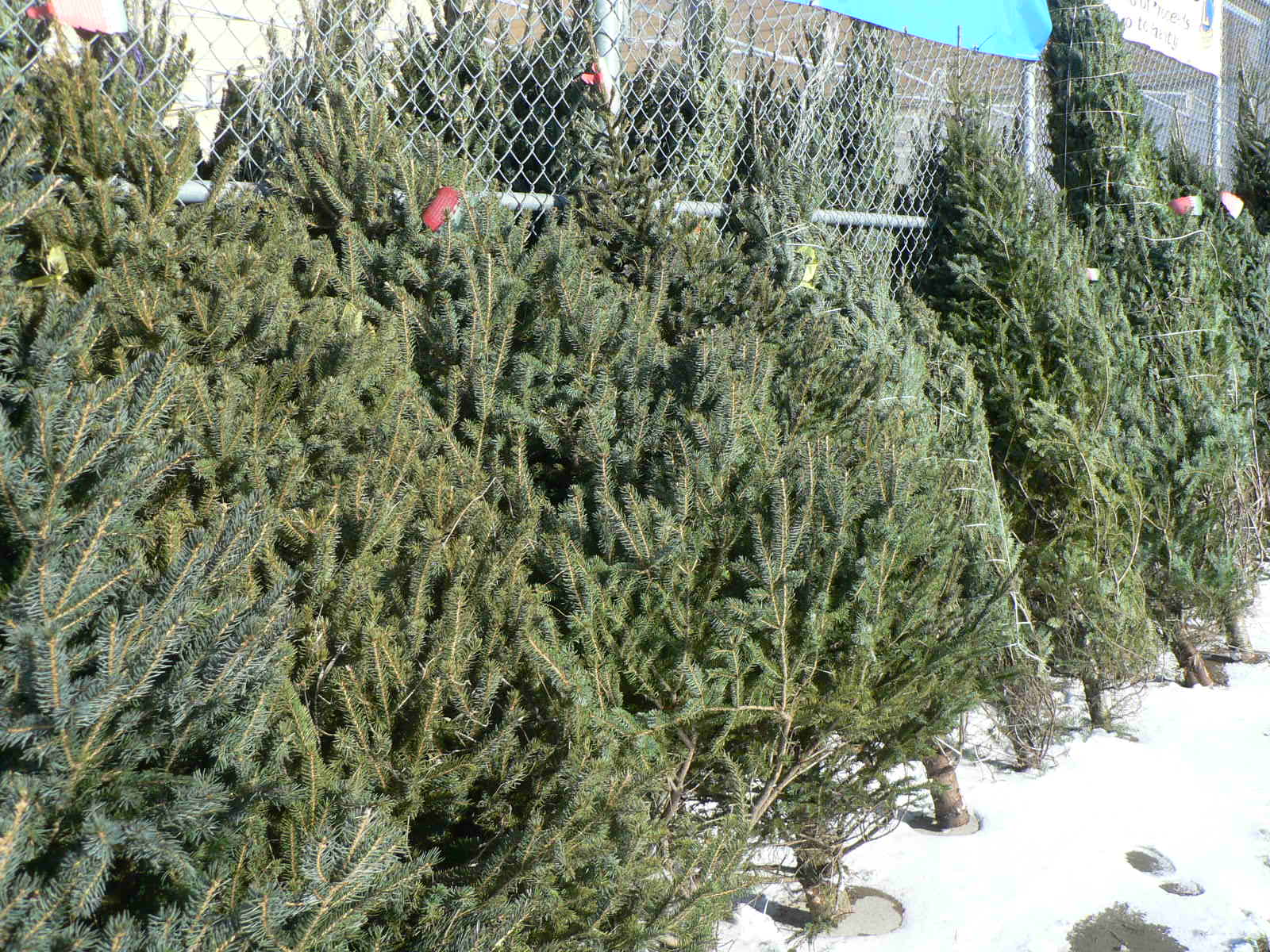
Choosing the Perfect Christmas Tree
Christmas tree lots are already beginning to spring up around the state and Thanksgiving marks the start of the Christmas tree season, with more than 30 million trees being sold between Thanksgiving and Christmas.